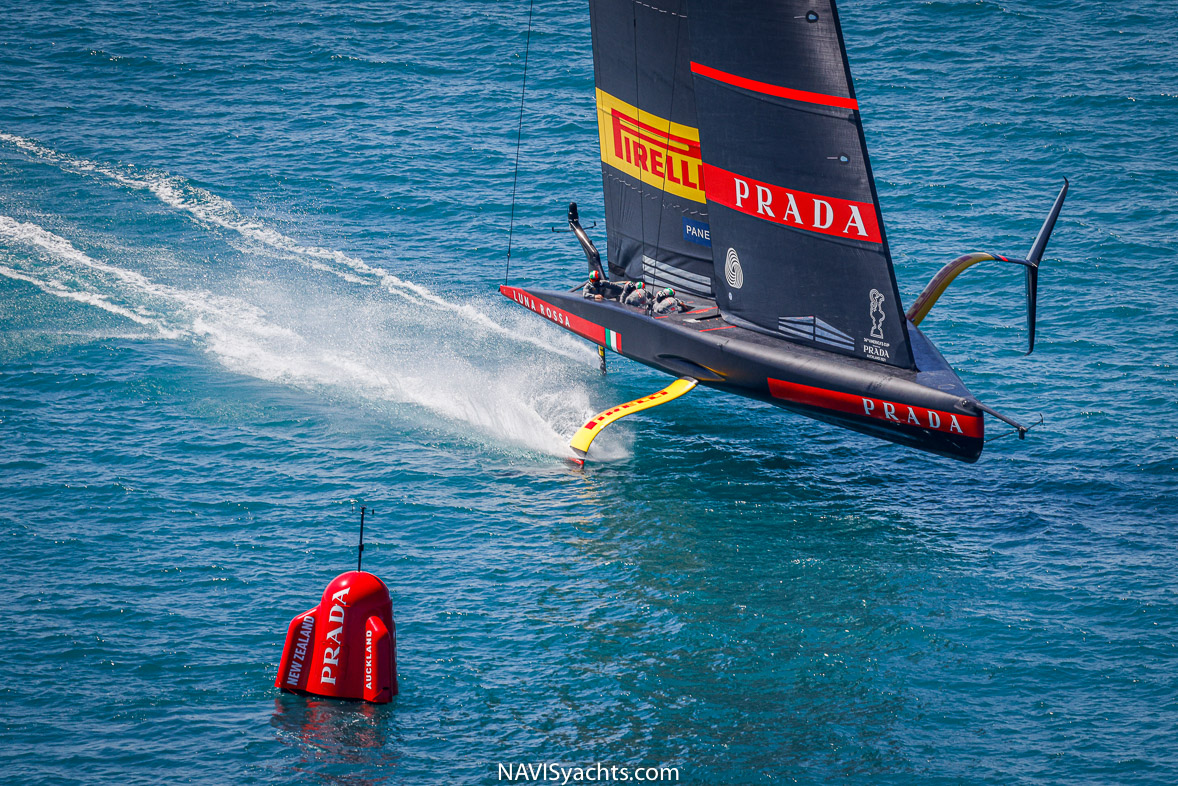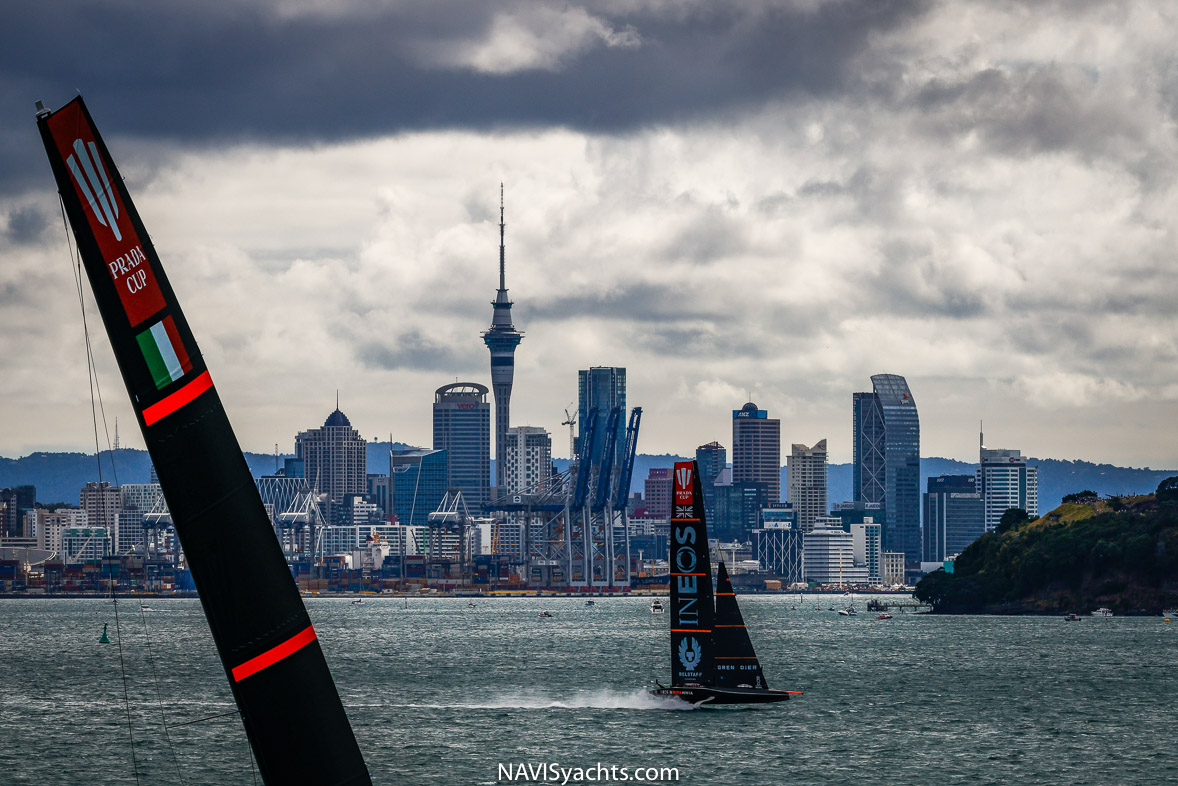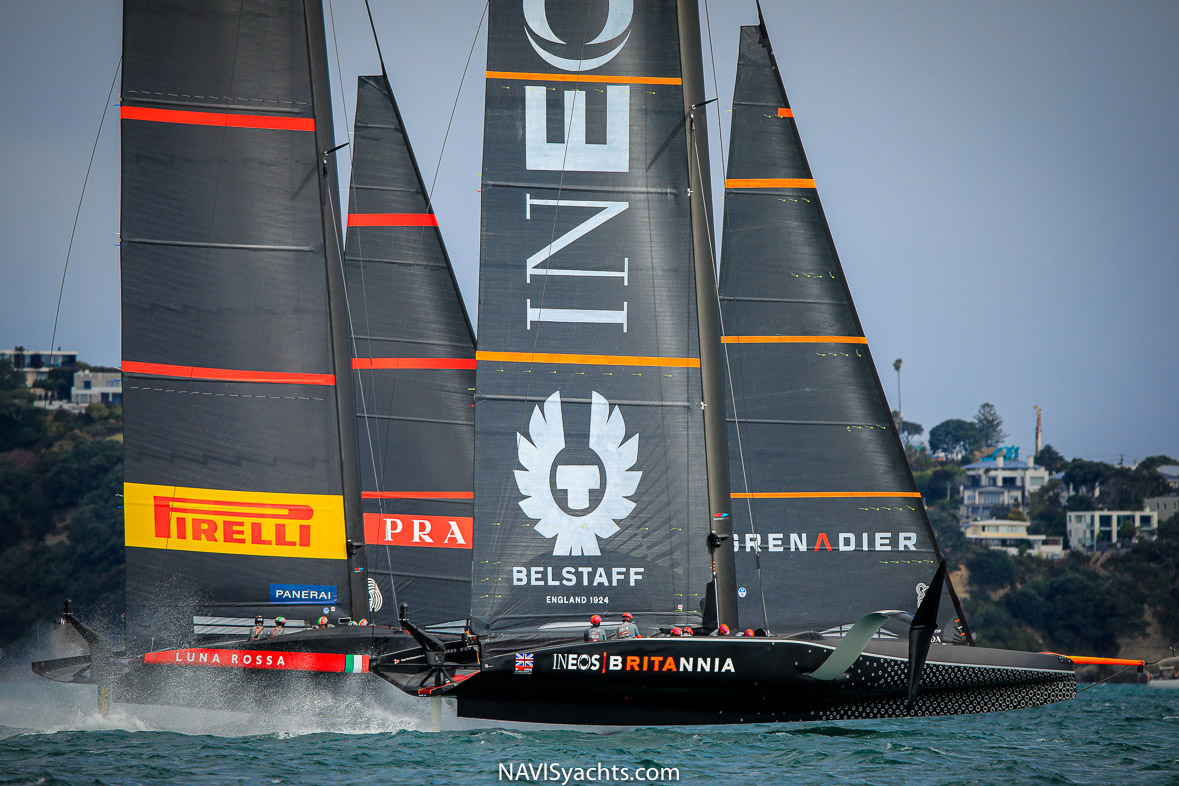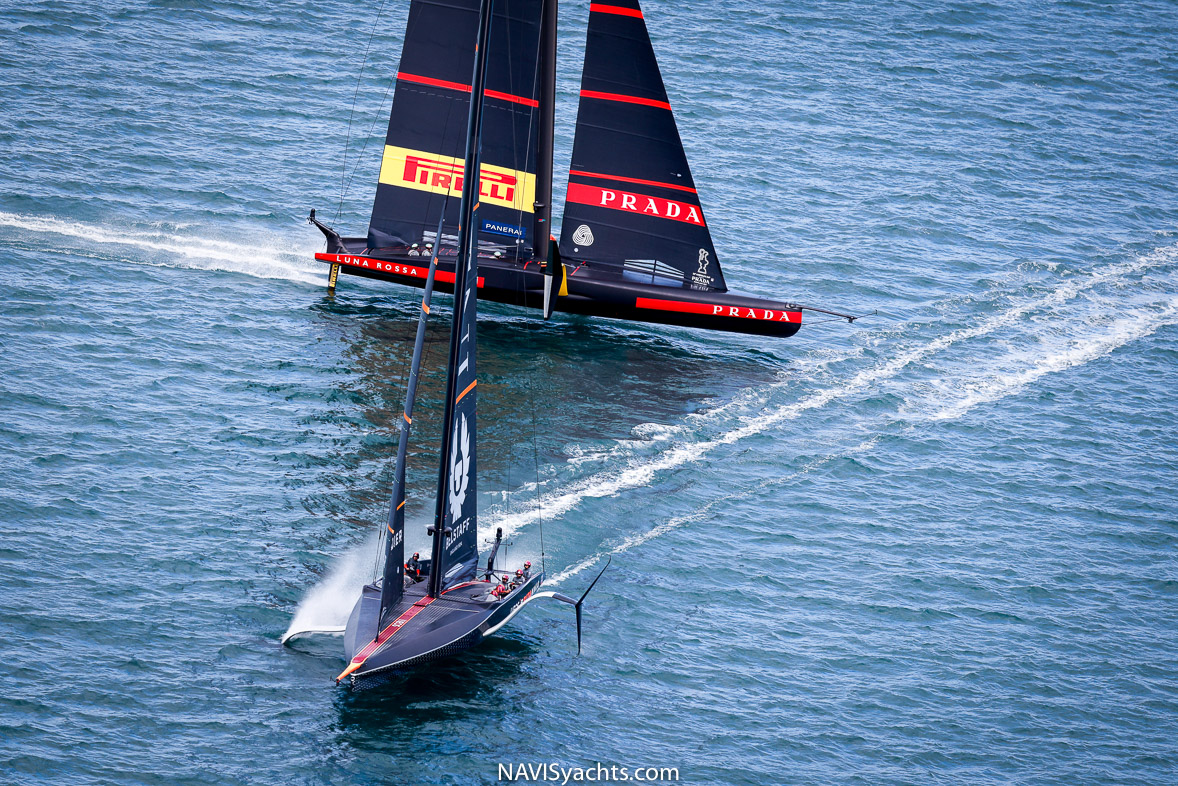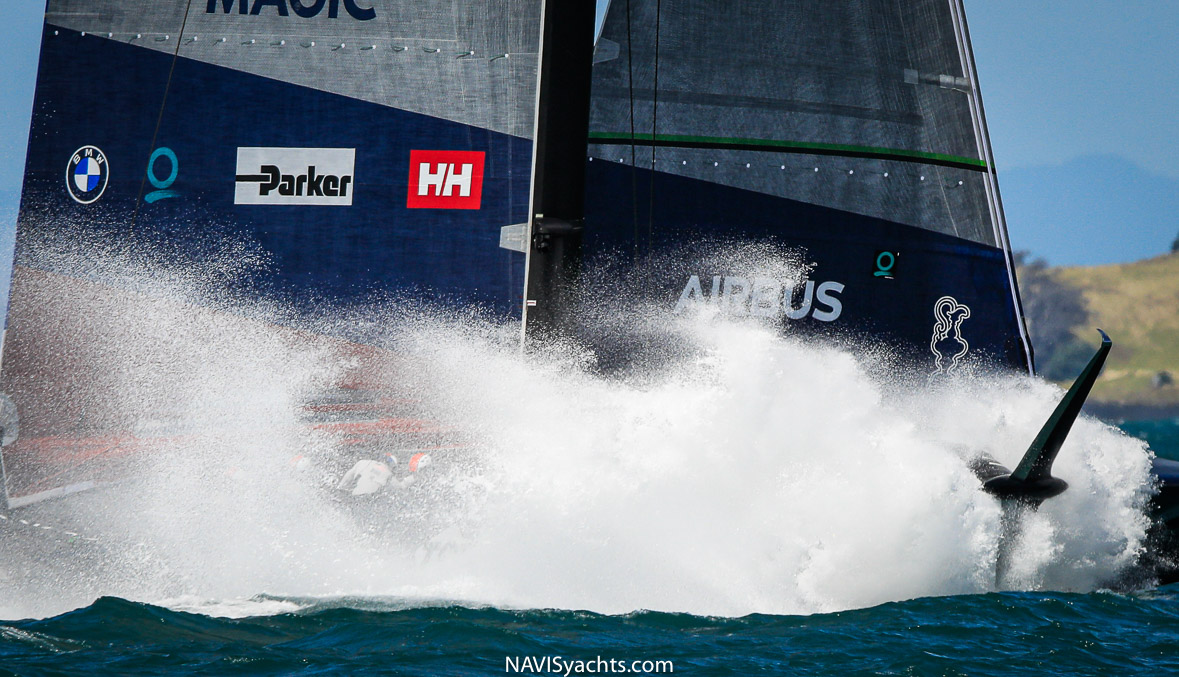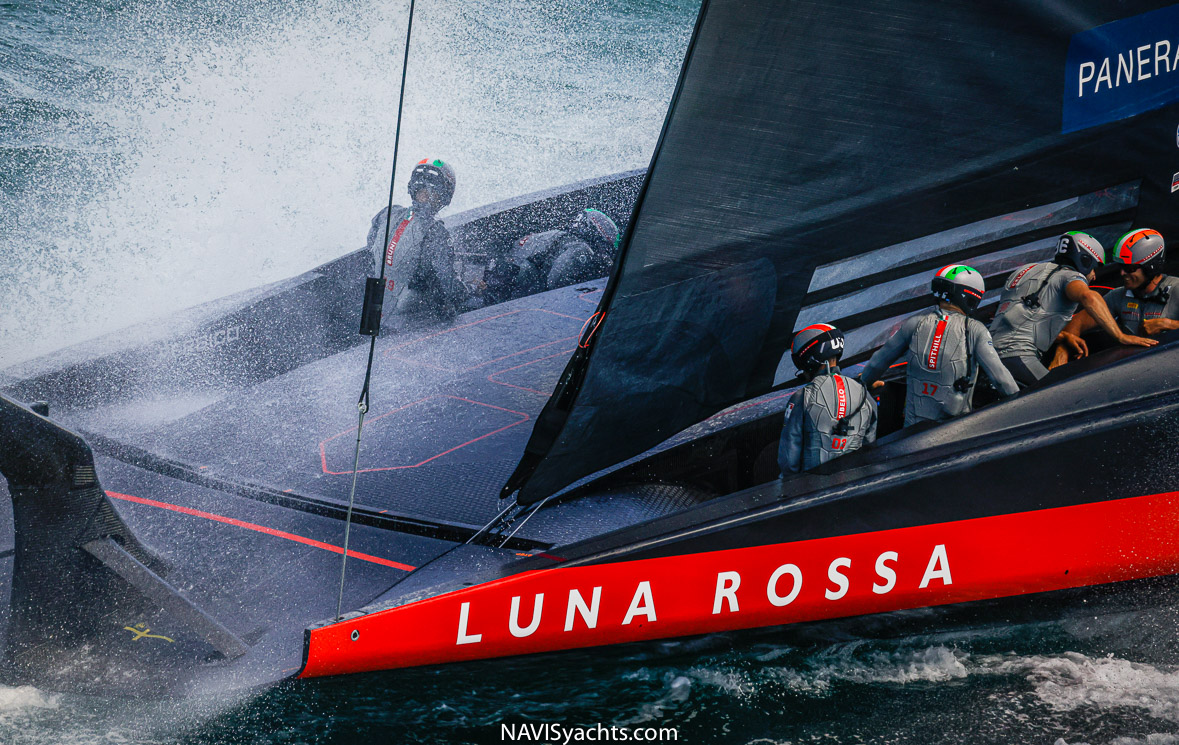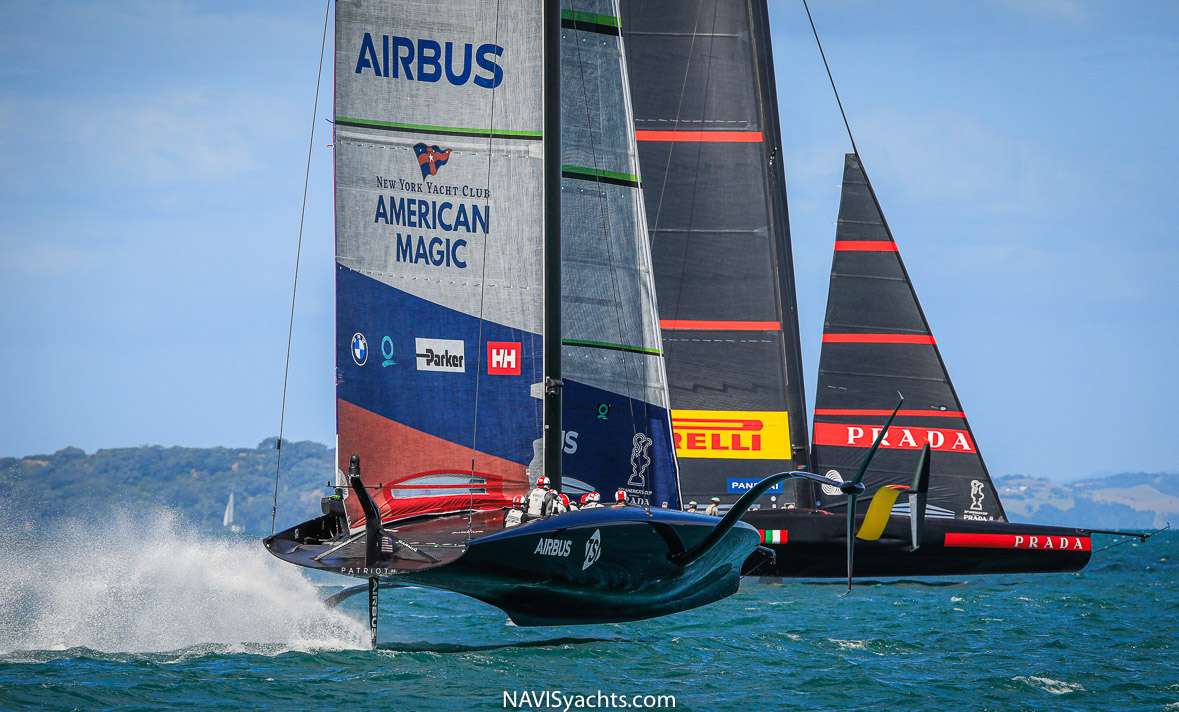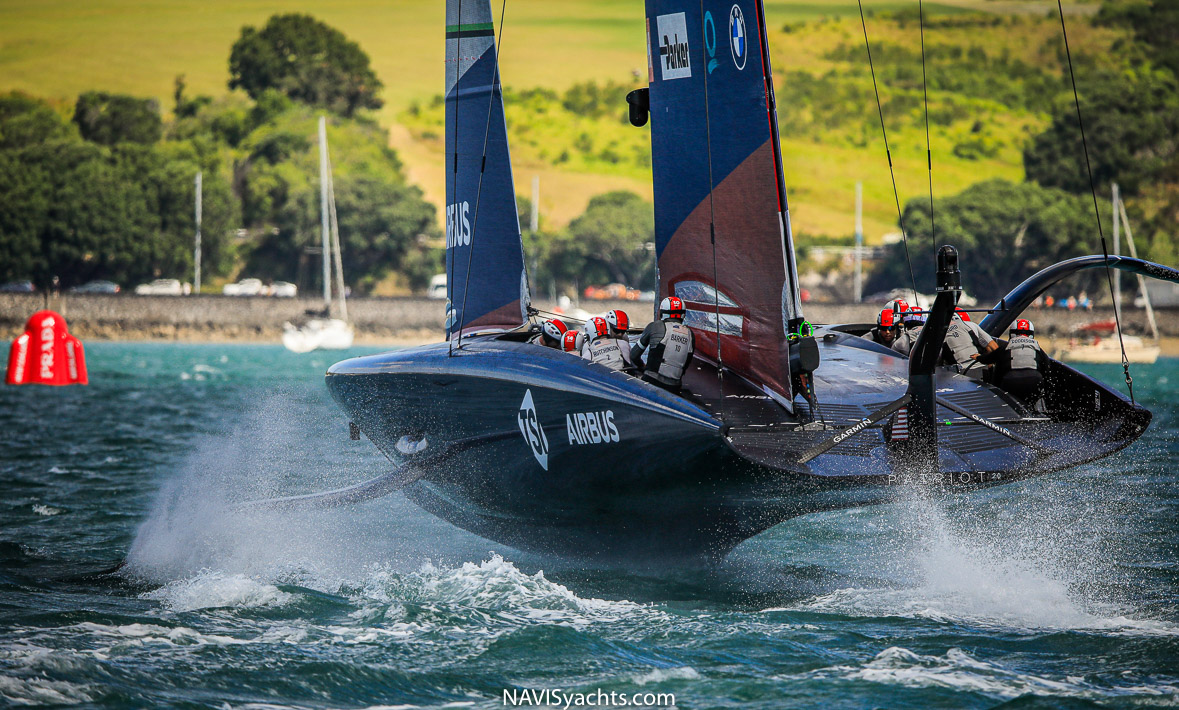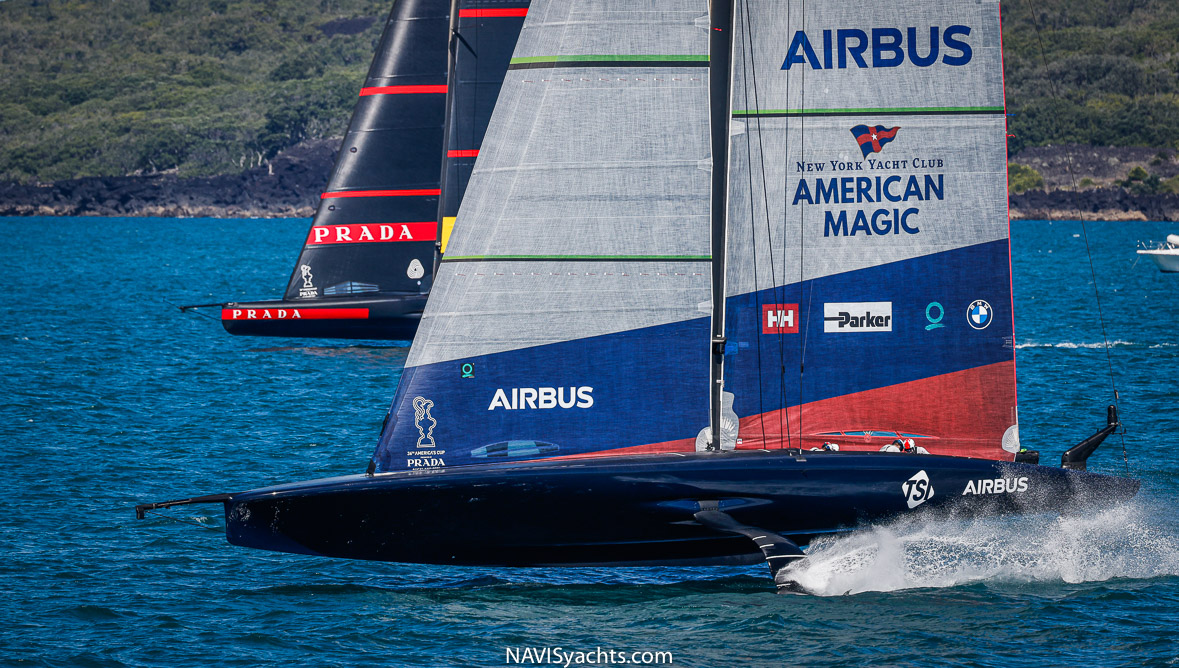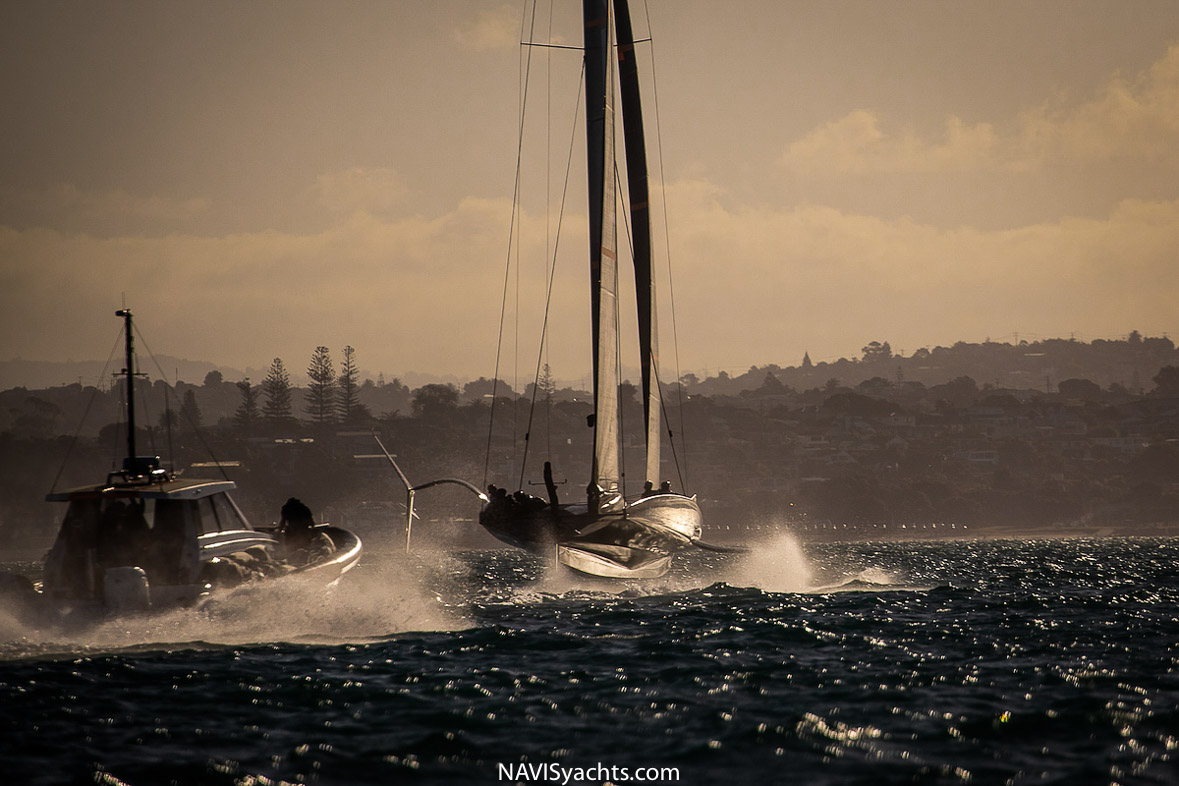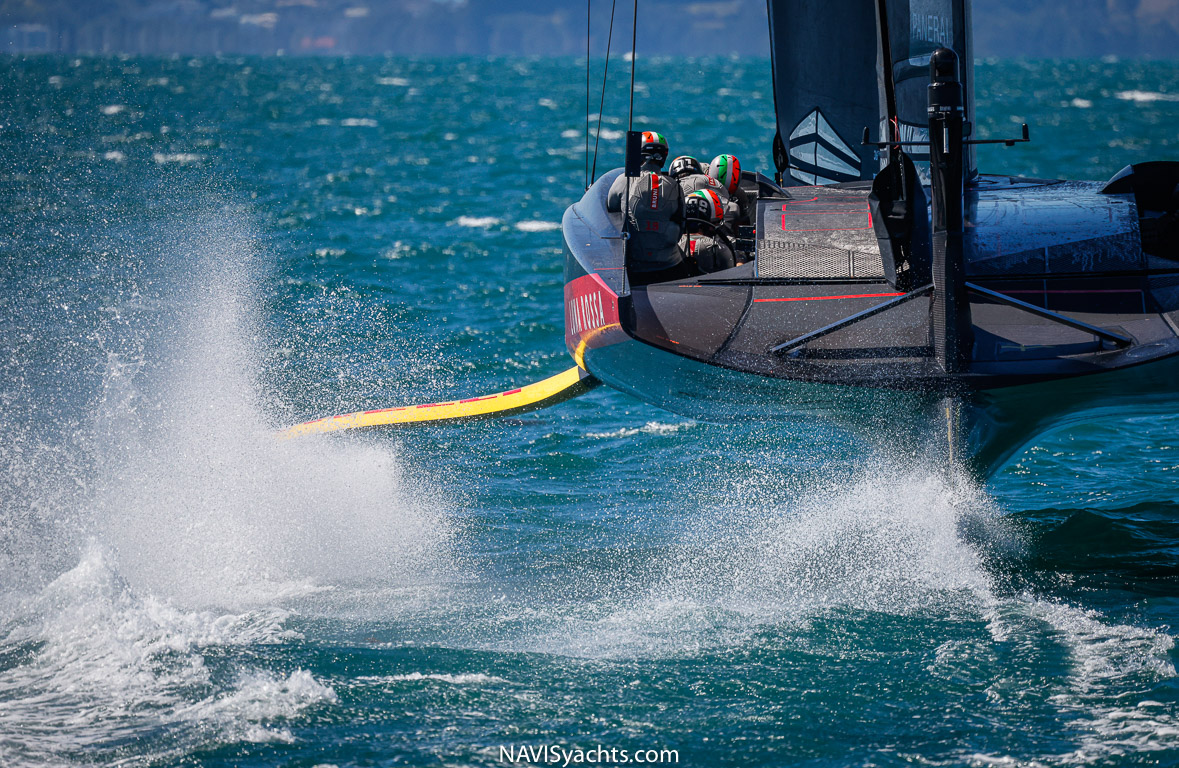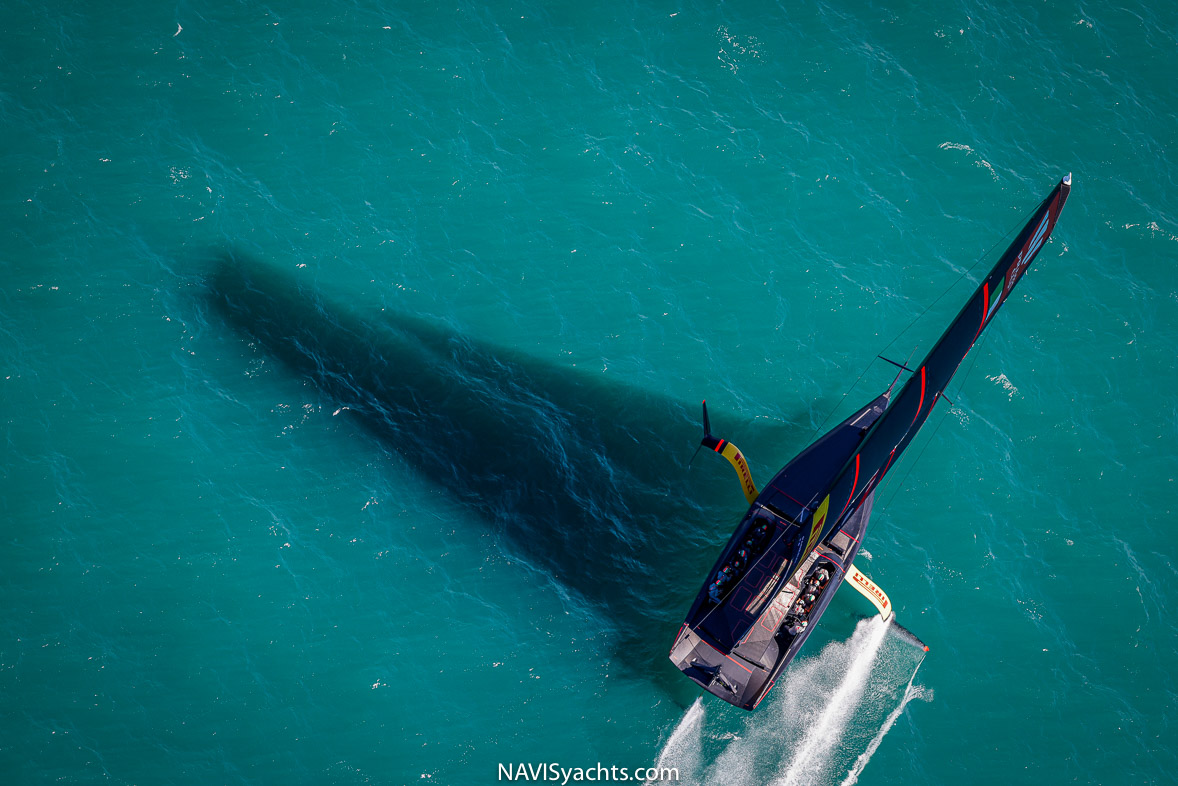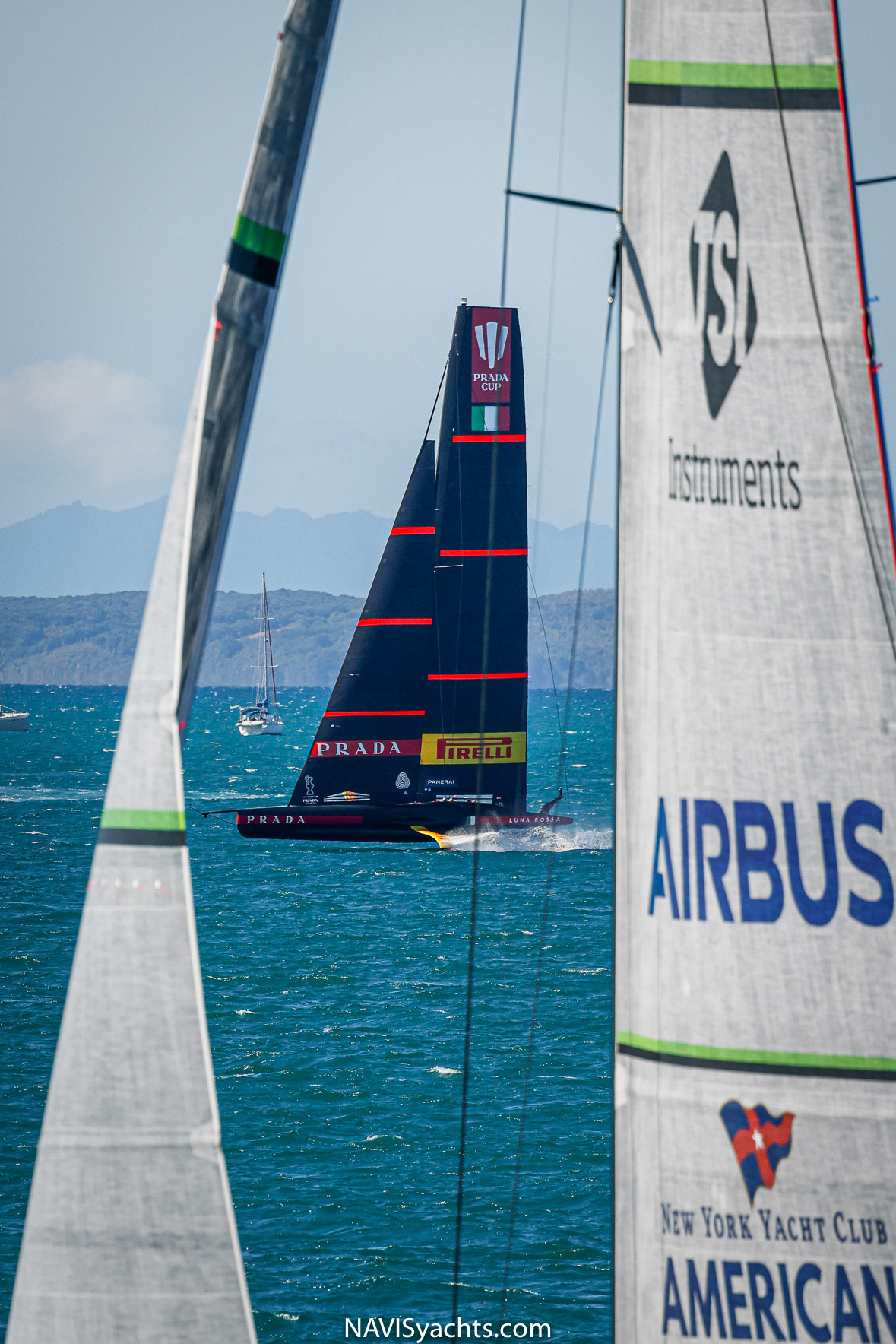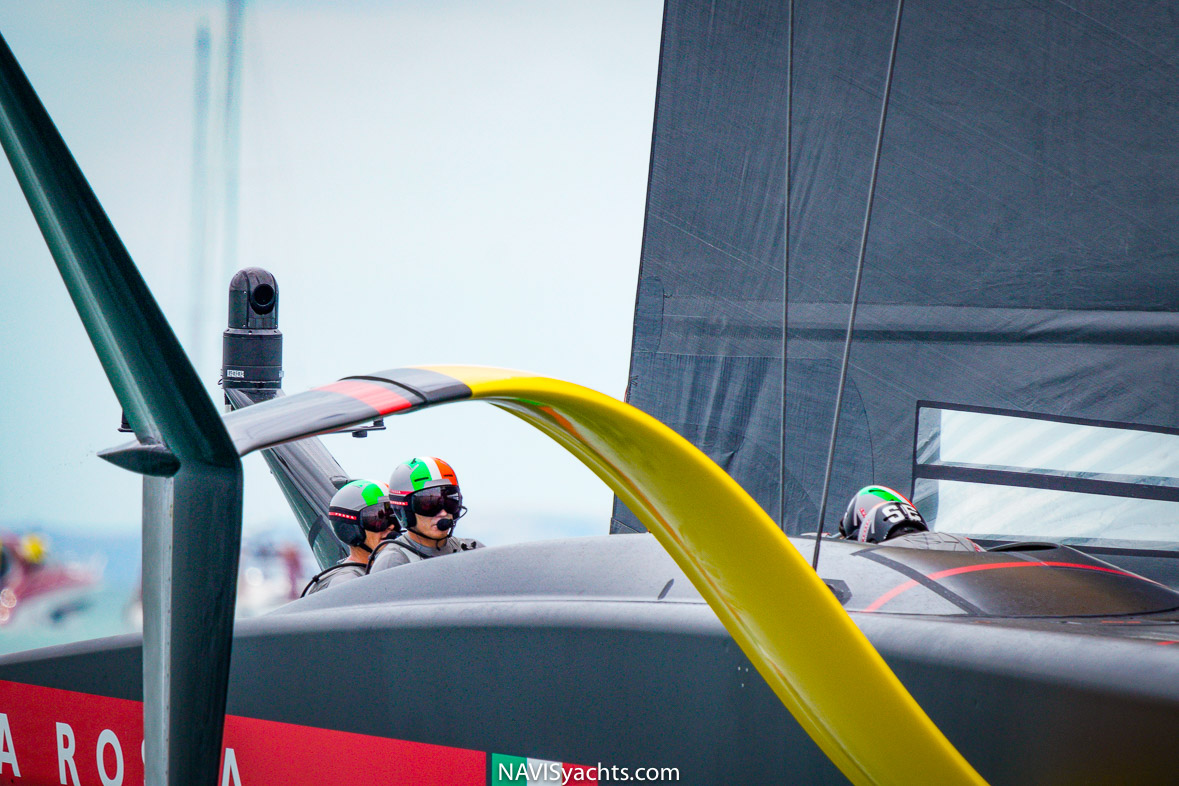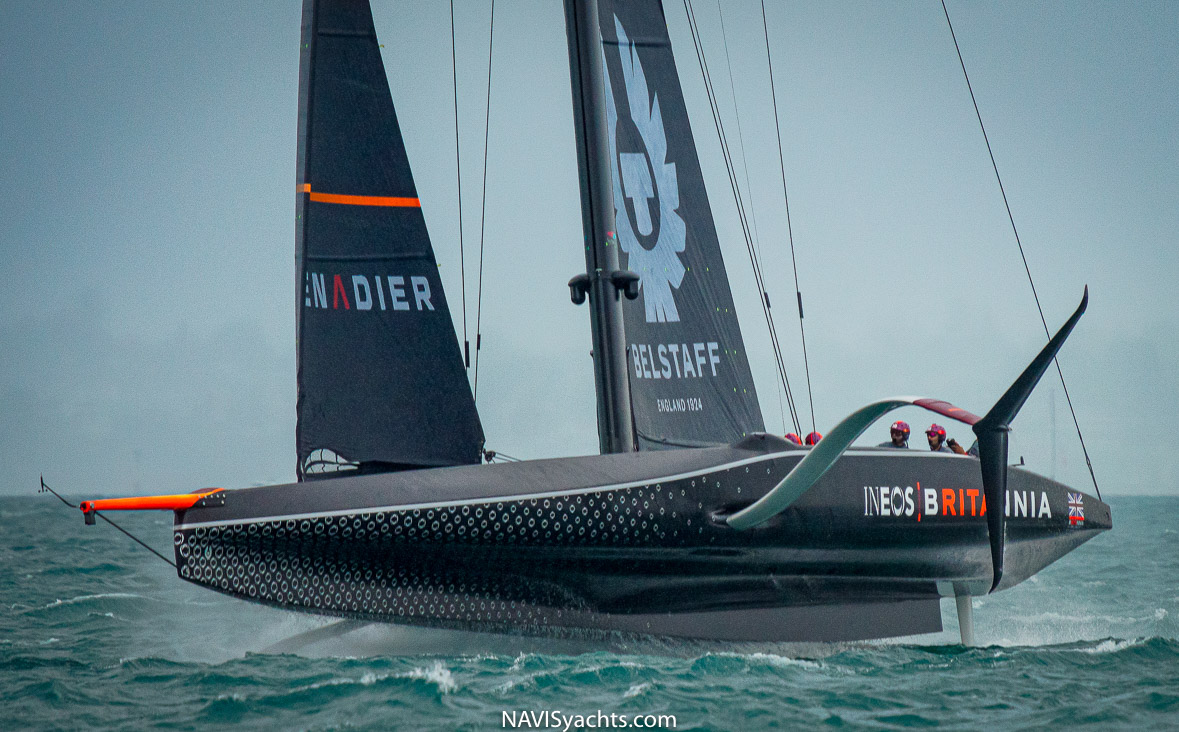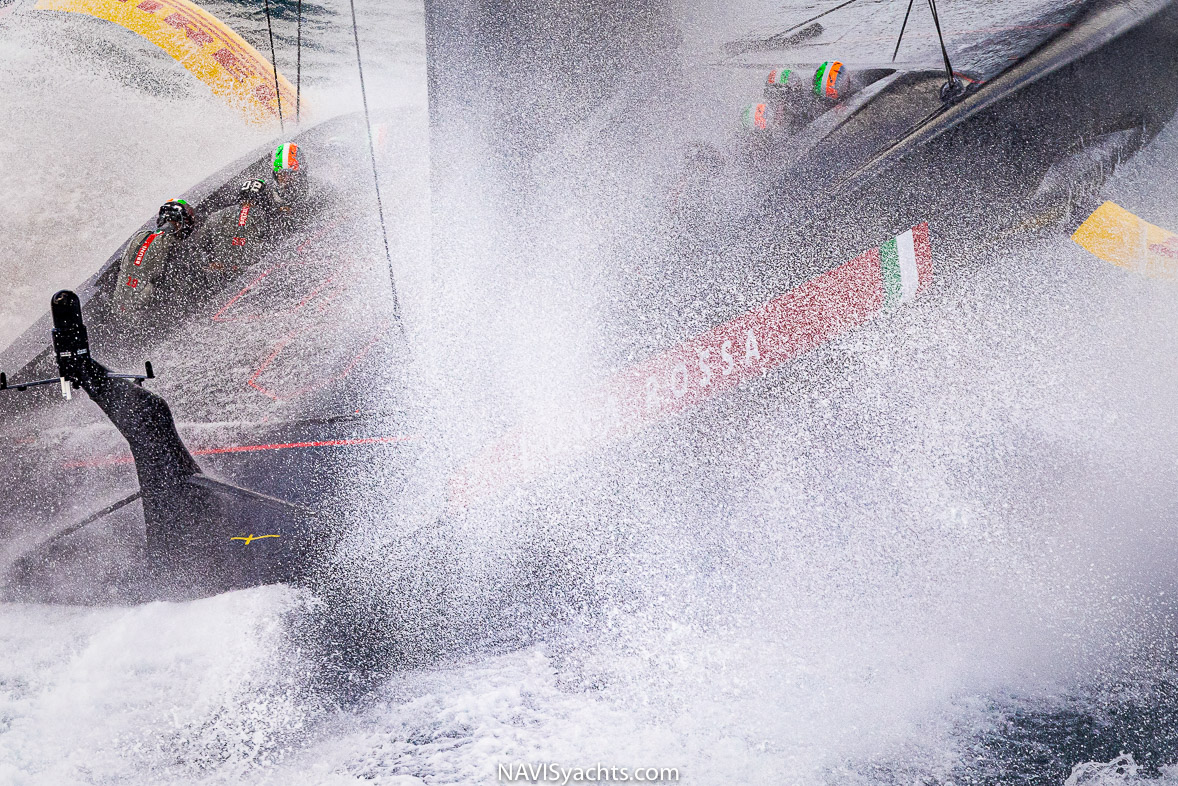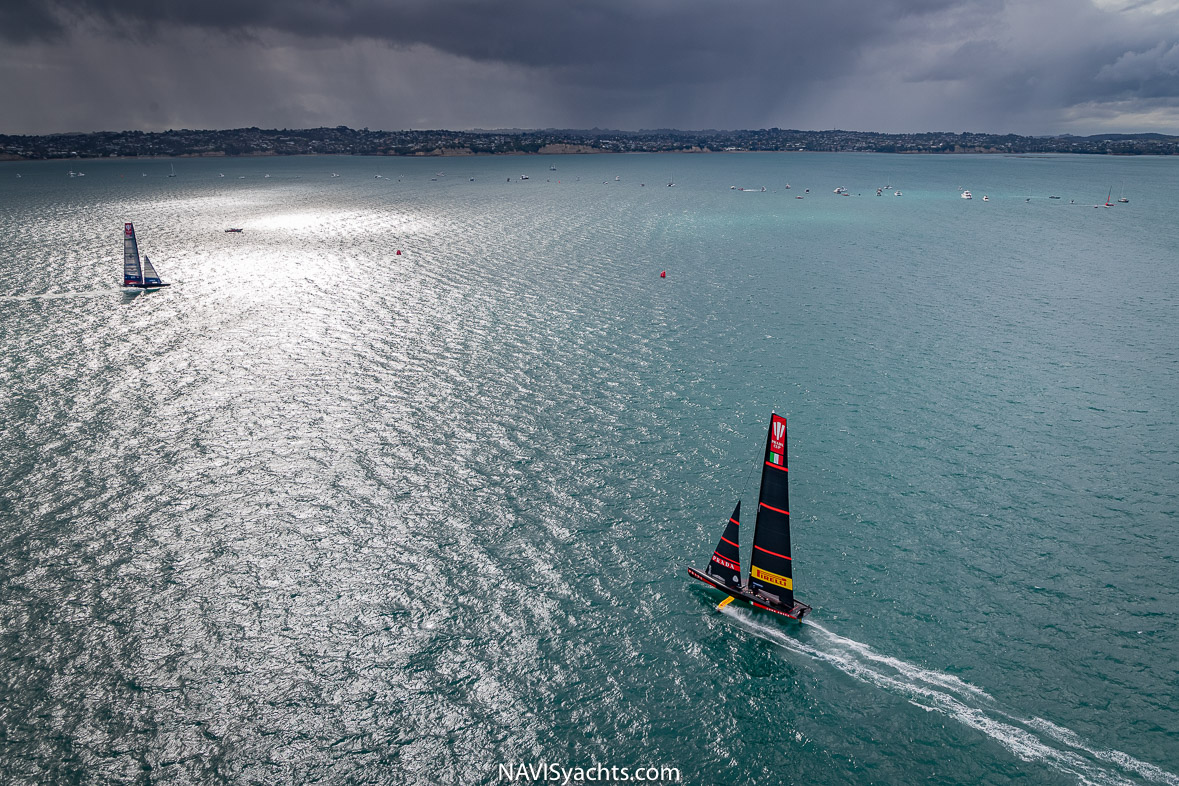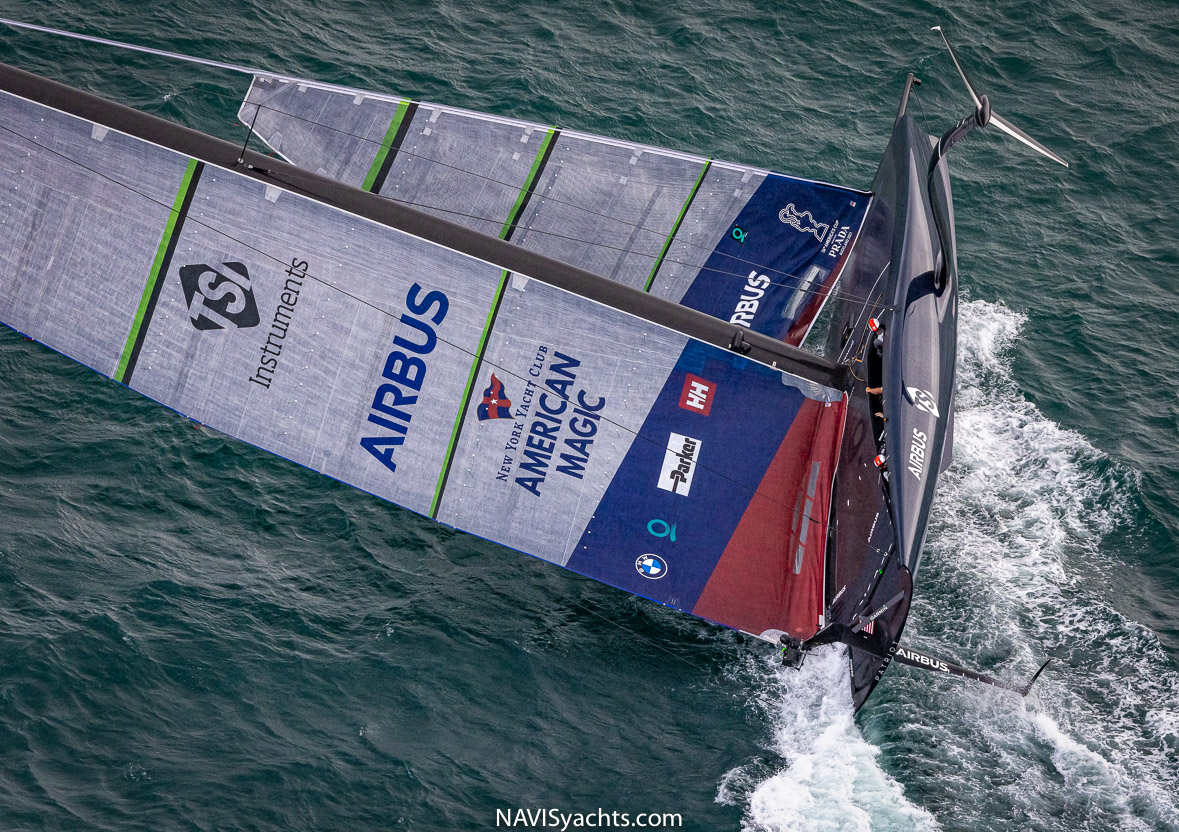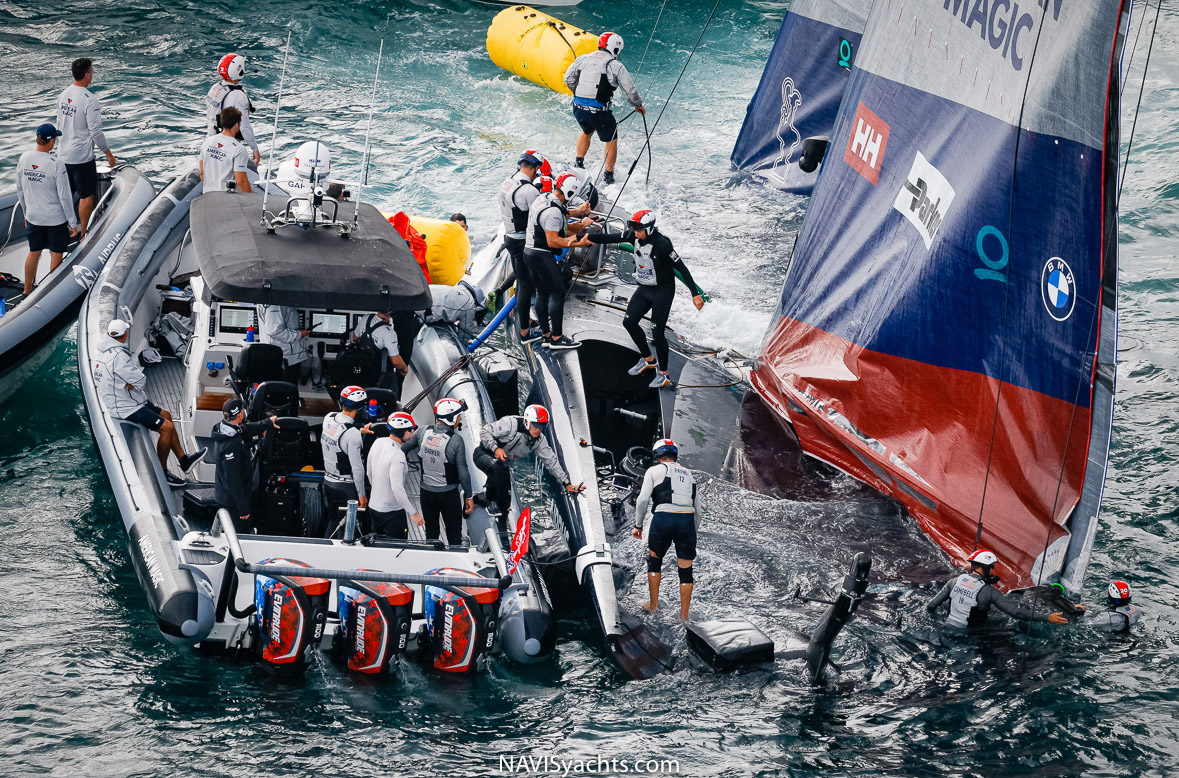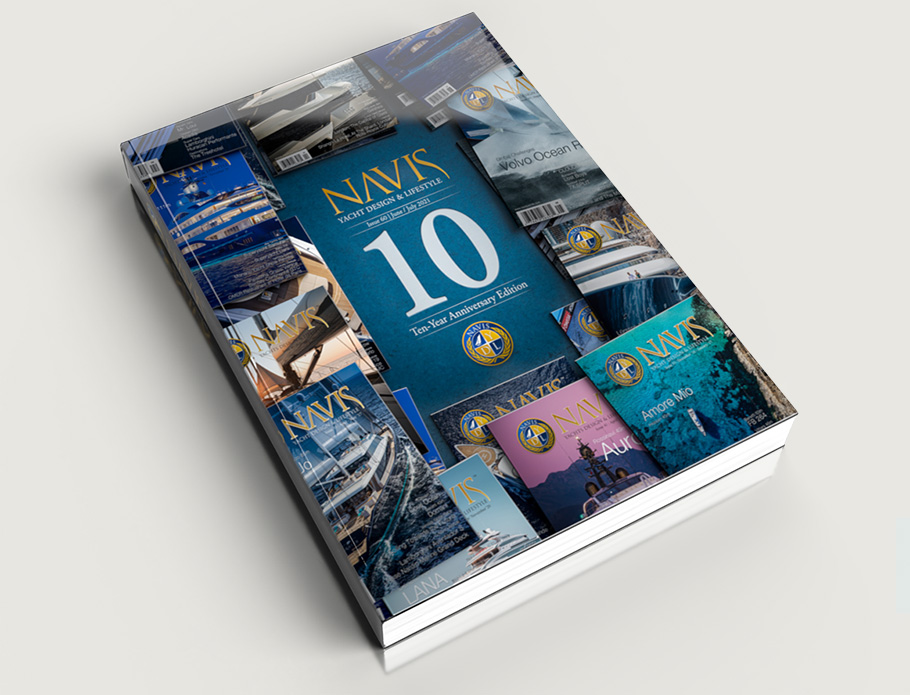I have to admit right upfront that I was completely wrong about this. When I saw the first renderings of the new AC75 yacht that Team New Zealand was pushing for after winning the America’s Cup in Bermuda, I was shocked. I even went so far as to write an article about how ridiculous the new design looked. I think I might have said that the new design was looking like a dog taking a pee.
Well, I did say that because as soon as the article was published, I got a call from a sports reporter in Auckland, New Zealand. He demanded to know what I meant. In fact, the reporter had a prime time radio slot and asked if I would come on his show and explain to his audience what I meant. I agreed. I explained that with the windward board up in the air, the boat looked like a dog peeing against a lamppost. My brother lives in Auckland, and he happened to be listening to the show. He was horrified to hear me on the radio all the way from the United States, especially chiming in on something as sacred as the America’s Cup to a New Zealand audience. It turns out that the Kiwis saw the humor of it all, and the radio personality told me that after I had hung up, his show had dozens of callers all agreeing with me.
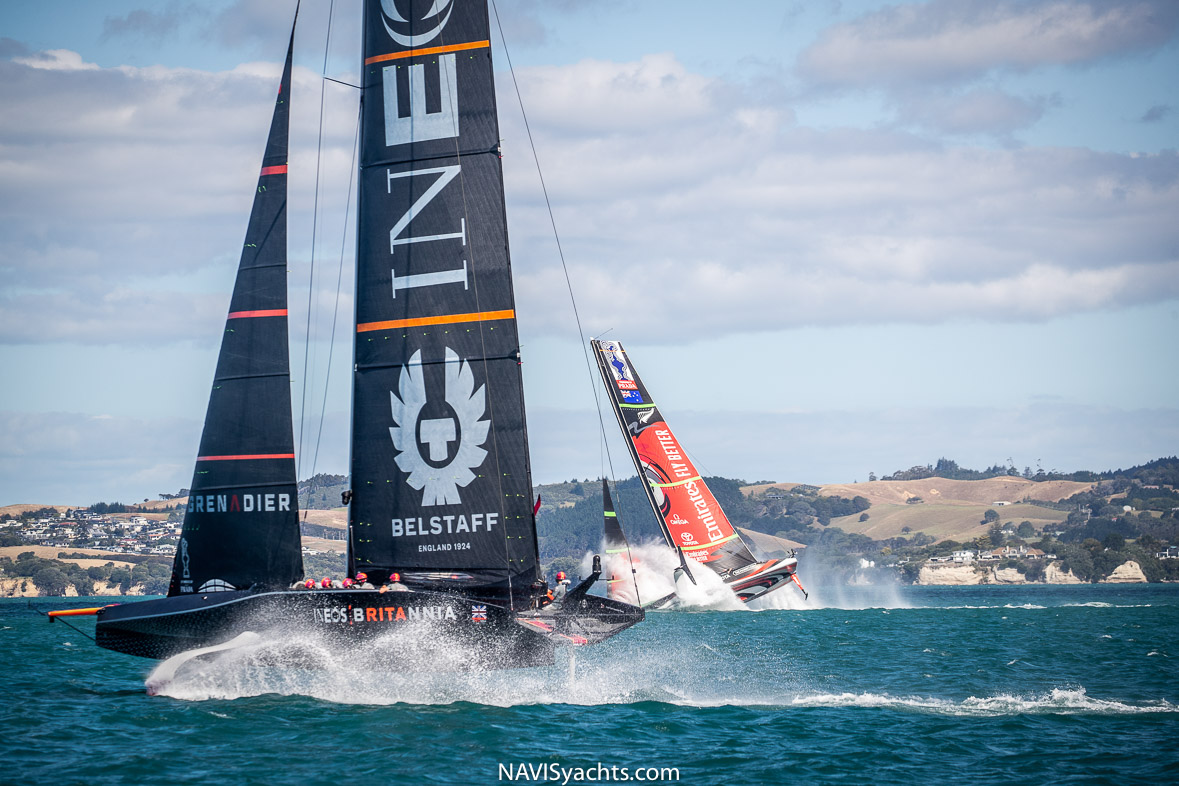
I guess that I was being too smart for my own good. I loved the multihulls, and I did not think that going back to monohulls in an attempt to recapture the nostalgia of the old America’s Cups was a good idea. Turns out I was 100%, completely wrong. These new designs are absolutely phenomenal, and the racing to date has been some of the best sailing I have ever watched. The technological leap forward in so many areas has been incredible. Whoever thought that there would be a crew position on a sailboat that goes by the name ‘flight controller?’
Let’s acknowledge that the Americans Cup has always had to thread a thin needle between wanting to push design, innovation, and technology, while at the same time trying to reel in costs. At some point, if the costs get out of control, it’s going to be too expensive, and you won’t get any competitors. New Zealand is a tiny country of just under five million people, but almost all of them are sailing fanatics, and over the last two decades, they have been able to raise extraordinary amounts of money to first challenge and then defend the America’s Cup. They have the home-field advantage, so to speak, and their economy will benefit from the event, but for other countries, New Zealand is on the opposite side of the world, and that escalates their costs.
It looks like this time around the needle was threaded almost perfectly. Three challengers made it to Auckland. Sure it would have been nice to see more boats, but it’s better than having just the Challenger of Record, Luna Rossa Prada Pirelli, be the only boat to show up to challenge for the Auld Mug. Two other equally strong teams also made it Down Under. Ineos Team UK and the New York Yacht Club’s entry American Magic. These are three highly experienced and well-funded teams, each capable of beating Emirates Team New Zealand, but they first have to challenge each other for the right to challenge for the America’s Cup.
As soon as the last America’s Cup in Bermuda was over, the Italian team Luna Rossa Prada Pirelli became the Challenger of Record. The first thing they did was make Jimmy Spithill, one of the most successful sailors in history, an offer that he could not refuse. In 2010, as skipper and helmsman for BMW Oracle Racing, Spithill won the America’s Cup. He then went on to defend it twice, both times against Emirates Team New Zealand. The first successful defense was in 2013 when as skipper of Oracle Team USA, Spithill managed to come back from a −2 penalty score at the start of the series to win 9–8 on the final race. It was an extraordinary comeback, but in 2017 while defending the Cup in Bermuda, he finally lost to Emirates Team New Zealand.
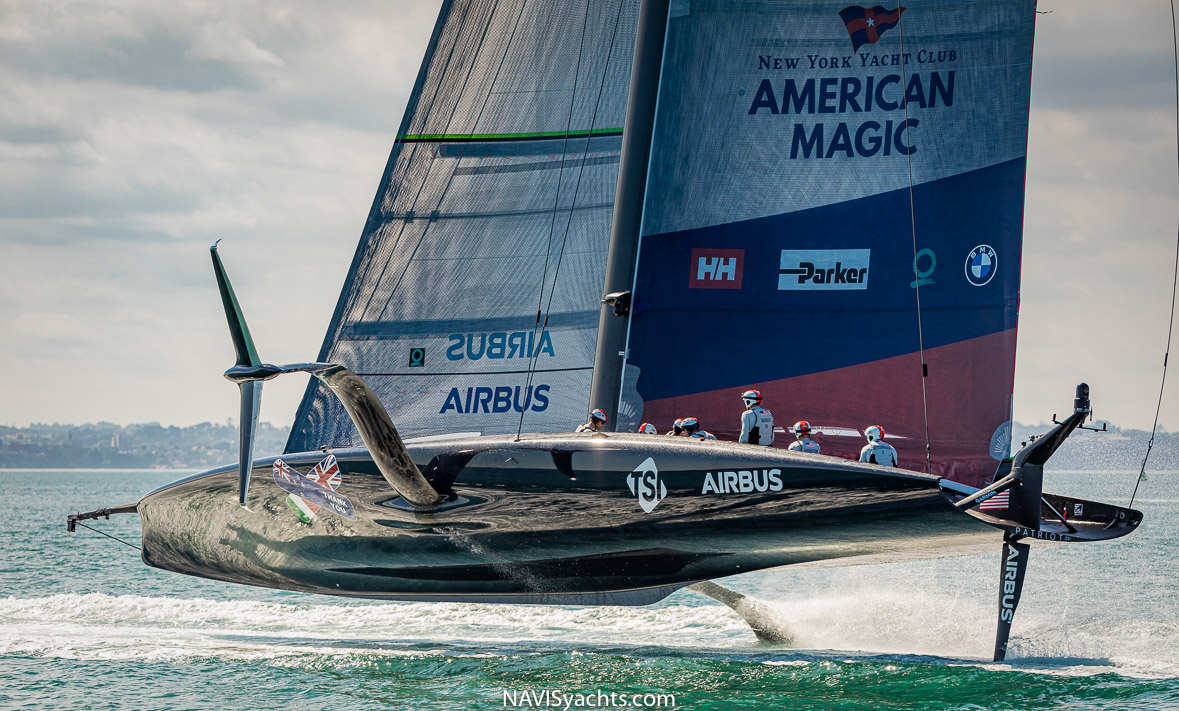
If there is anyone who can give Spithill a run for his money, that would be Kiwi sailor Dean Barker who has teamed up with American Terry Hutchinson, the skipper and Executive Director of American Magic. Hutchinson has been chasing his America’s Cup dreams for the best part of two decades, but victory has eluded him. This time, with Dean Barker alongside, the New York Yacht Club was hoping for sailing history to be made again.
Both Spithill and Hutchinson are going to have their work cut out of they are going to best Sir Ben Ainslie, the skipper of Ineos Team UK. Ainslie has three gold Olympic medals in the Finn class and one silver Olympic medal in the Laser class. The number of his world championship wins is too long to list here. These three teams will go head to head to narrow it down to just two. Those two teams will then compete for the Prada Cup and the right to challenge for the America’s Cup.
Peter Burling, the skipper of Emirates Team New Zealand, has an equally impressive sailing resume, but perhaps not as long as he is younger than the other skippers. In fact, he was the youngest winning helmsman in the history of the America’s Cup when at age 26, he and his team won the 35th competition for the Cup in Bermuda. Burling has won six 49er World Championships, two 420 class World Championships, and the 2015 Moth World Championship. He also has a very impressive team both on the boat and on shore.
By far, the most exciting development for this upcoming America’s Cup are the AC75 yachts. For a start, they are big boats; 75-feet long and 16-feet wide. They are also very light with a huge sail plan that allows them to fly. They do not have keels like on most monohulls. Instead, they fly on foils operated by a complex set of battery-driven hydraulics that are used to raise and lower the foils. As the boat swaps tacks, the cant system is activated, placing one hydrofoil in the water, and lifting the other one out where its weight becomes ballast. The AC75’s are able to lift out of the water and fly in just six knots of wind. They generate so much apparent wind that as soon as the boat is in the air, the speeds increase dramatically. In 12-15 knots of wind, these amazing sailboats have reached speeds in excess of 50 knots.
Because the idea is to fly the boats for the entire race, the hulls’ shape is totally unconventional, including some abrupt chines designed to detach the water from the hull as quickly as possible.
Because the boats are flying, the hull shapes are aerodynamic rather than hydrodynamic, and they resemble a rather intimidating jet fighter plane.
In an effort to keep costs down, some of the components are standard among all of the competitors. The mast, rigging, foil-cant arms, and their hydraulics are all stock components, but that still left plenty of areas where the designers could experiment to find a race-winning edge. The most critical area of development has been the foils, which are attached to the foil-cant arms. These tiny appendages are what the boats fly on, and with just the tip of the rudder are the only boat parts still in the water while the boats are racing.
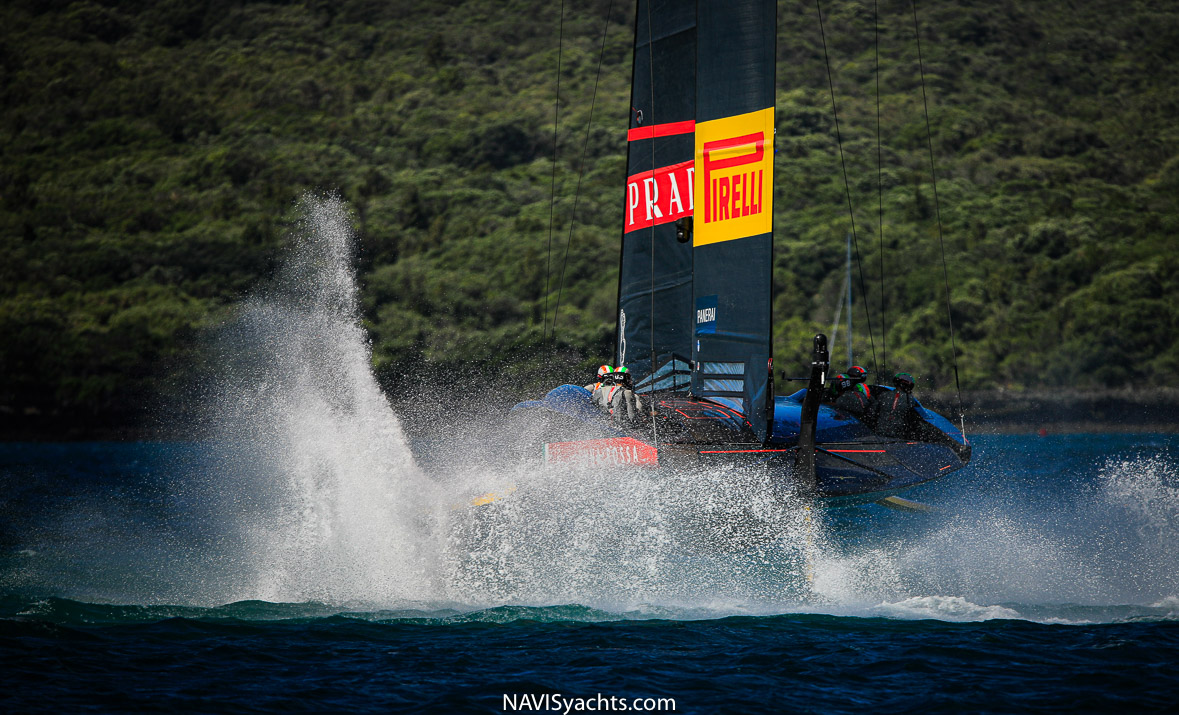
Another way to save money was to revert back to soft sails. A general complaint in previous America’s Cups were the cost of the carbon fixed-wing sails. The sails themselves were expensive, but the real cost was the need to remove the mast and sail from the boat at the end of each day’s sailing and install them the following morning. This involved a crane and a complex set of maneuvers to make sure that the system was not damaged in any way during the operation. While they may have reverted to what one might think of as ‘old’ technology, the massive mainsail is still highly innovative. It’s comprised of twin skins made from carbon fabric. The skins wrap around the mast to form a foil, which generates the lift needed to get the boats flying.
Race officials are able to set a number of different courses within Hauraki Gulf right off the City of Auckland. Spectators will be able to view the racing not only from on the water and the city waterfront, but also across the bay in Takapuna. The courses are windward/leeward, and each race has six legs, with the finish at the end of the last downwind leg.
The Prada Cup final starts on February 13, with the America’s Cup slated to begin on March 6. They are looking to schedule two races a day for the Cup, with the first team to win a total of seven races being the winner of the 36th America’s Cup.
